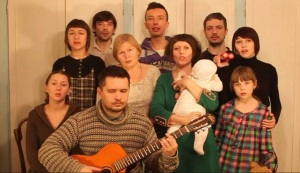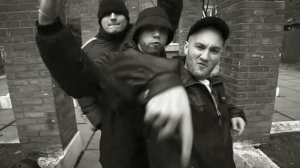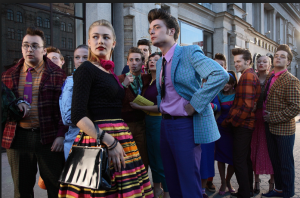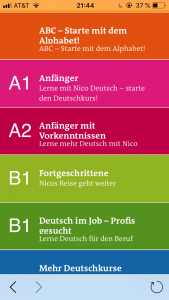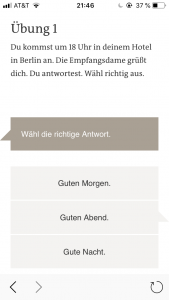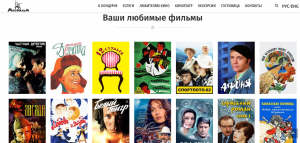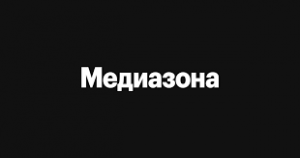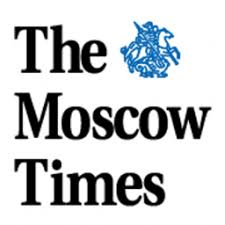So, you listened to everything I recommended in my last post, and you’re looking for a bit more (or you hated it all). Here are a few more suggestions, ranging from hip-hop to Indie social commentary. Follow along with the lyrics, or just sit back and catch up on some contemporary German culture!
Fiva – “Das Beste ist noch nicht vorbei”
One of Germany’s only female rappers, Fiva speaks very clearly, so it’s a great song for beginners. Lyrics are here.
Bausa: “Was du Liebe nennst”
This song was huge last year, and it’s catchy enough that you’ll see why. Bausa has become Germany’s Drake…meaning that all of his songs sound the same. Check out the lyrics here.
Von Wegen Lisbeth – “Meine Kneipe”
Catchy Indie music, reminiscent of OK Go. What more is there to say? Find the lyrics here.
Seeed – “Augenbling”
Seeed is one of Germany’s best-known bands. A mixture of hip-hop, reggae, and dancehall beats, their music is definitely one-of-a-kind. Check out the lyrics here, and watch out for the English section.
OK Kid – “Gute Menschen”
Another soft-rock/Indie group, but this time with social commentary about bourgeois German desire to be “good people.” Check out the lyrics here.




